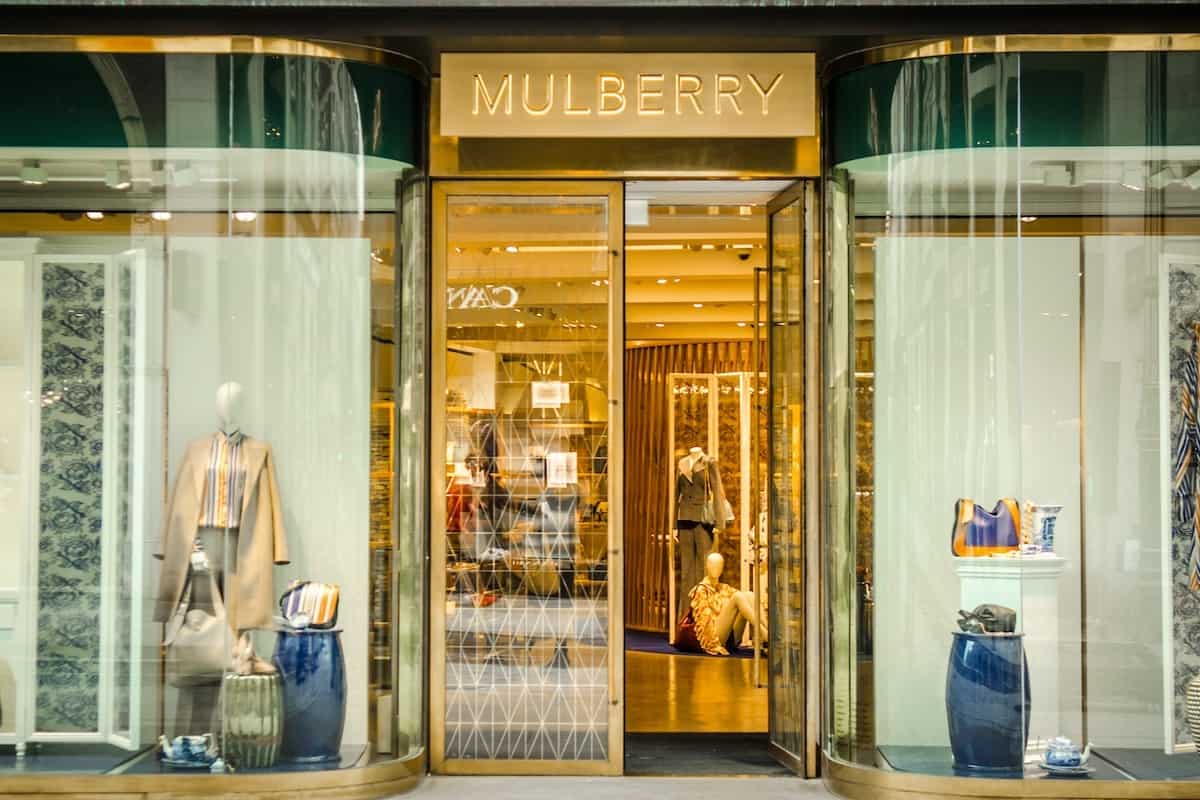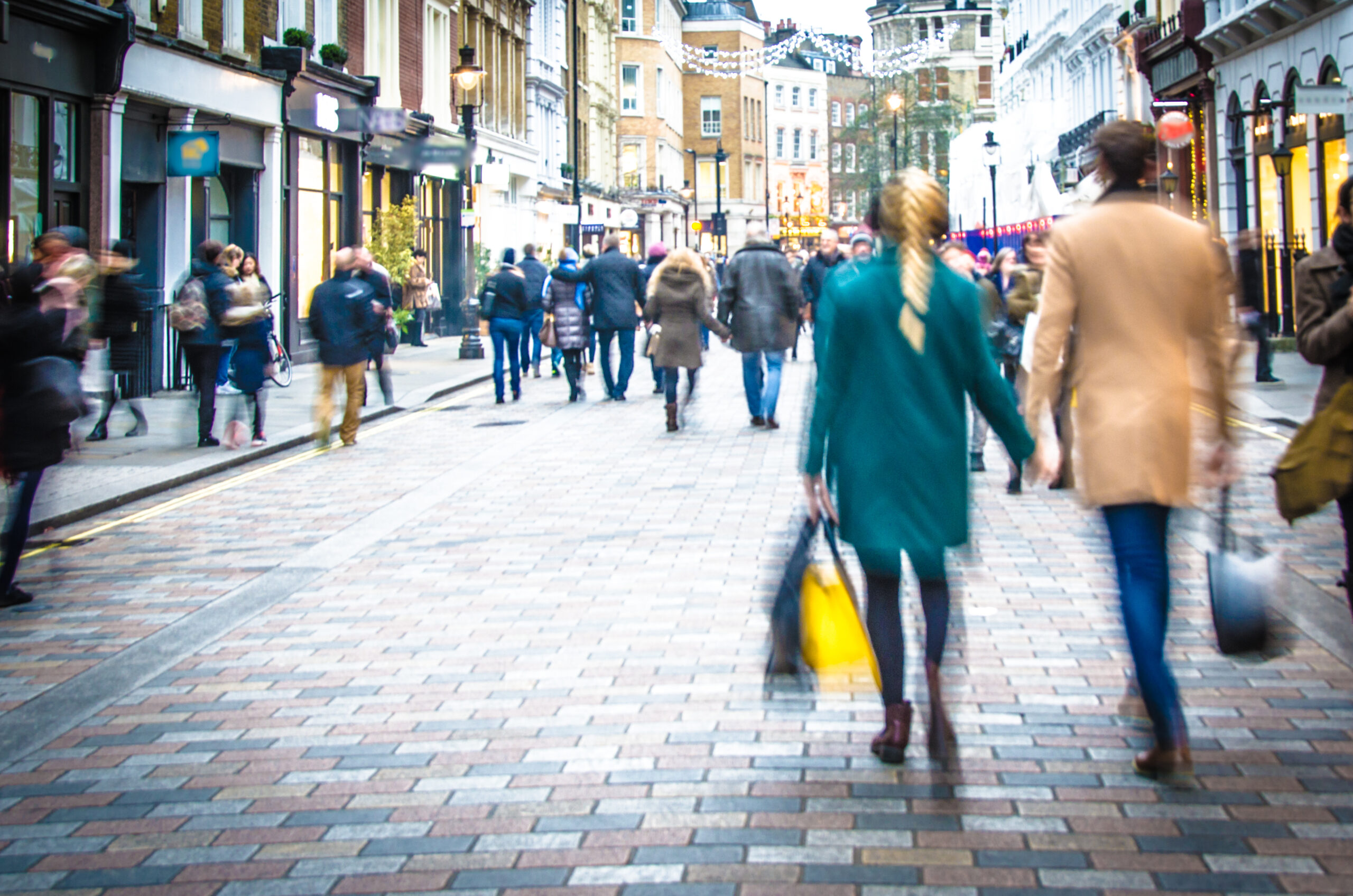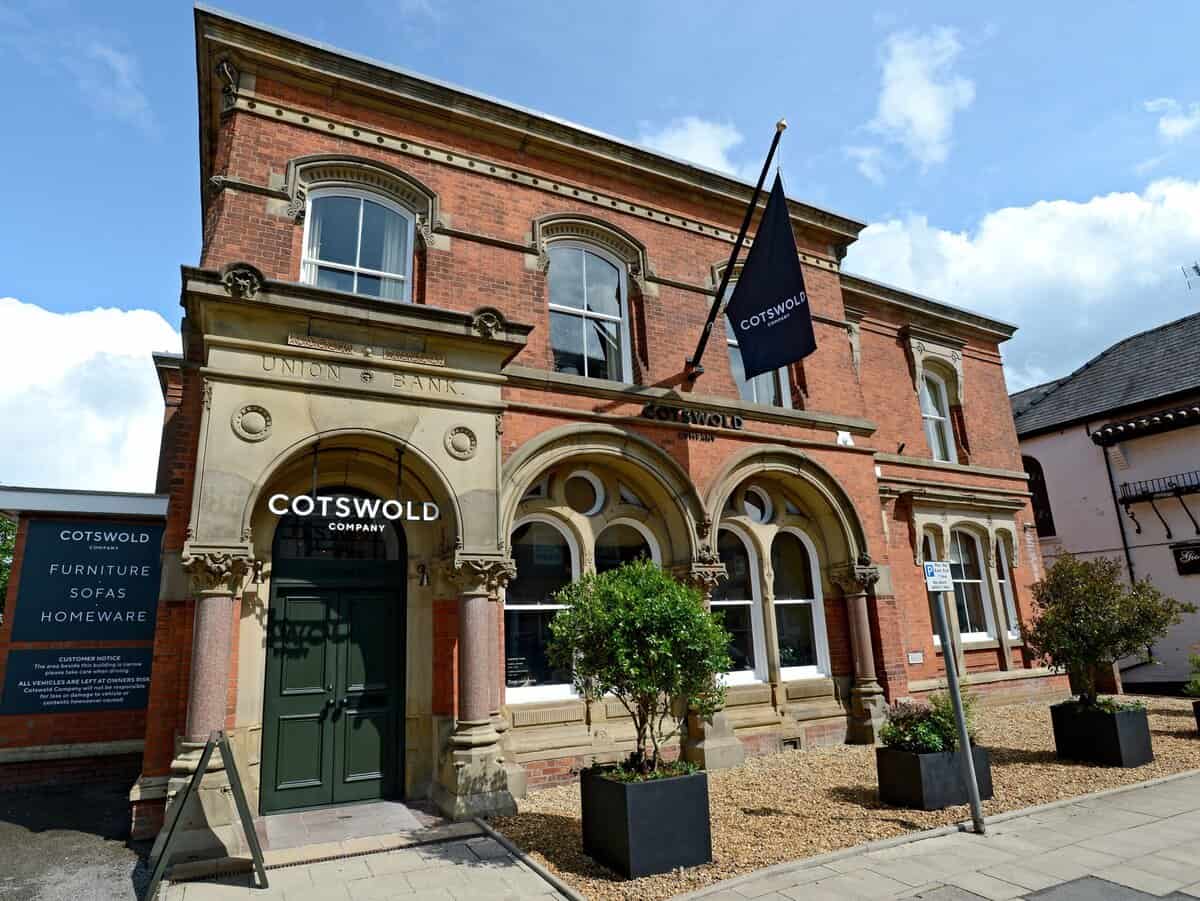Hate to say I told you so: but I told you so. The Portas Review was a failure and totally missed the point – it totally overlooked technology and looked at high street retail through the prism of hindsight, not through the lens of the internet. Mary Queen of Shops? Maybe in the old days, but not in our modern, technological world. No surprise then that The Grimsey Report, published yesterday, is calling for a root and branch change to save Britain’s ailing high streets.
Following a three month investigation of Britain’s high streets the report states that there is an “arms race for new ideas” and that with a staggering 20,000 independent retailers on the brink of collapse, technical innovation and a radical overhaul of ugly town centres are the remedies.
And this revamp and the necessary technological investment actually go hand in hand and are being led by mobile. According to Grimsey, digital technology is going to play a key role in any efforts to revamp the high street.
“Networked town centre community hubs are the way forward and we have several scenarios in section one of our review,” he says. “The report talks about how towns can embrace technology to make towns into community hubs, and this provides the opportunity for businesses to connect with their customers. We propose to have free wi-fi, with no black holes, in town centres to enable this connection.
“The town centres we see as the future will not be all about retail anymore, but will have all sorts of activities and attractions, leisure, sports, entertainment, and so on,” he says. “By adapting to the growing use of mobile media by people, and providing networked high streets, we can increase the potential for businesses to communicate directly with customers.”
Grimsey believes that free and fast wi-fi will connect retailers, and all the other businesses and activities that the community hub has, to the customers, visitors and residents. “As more people use mobile devices, businesses can use these networked high streets to update people with real time events and promotional activity,” he says.
This move towards a more versatile high street as destination and digital hub also requires retailers to rethink the layout of their shops with more flexible layouts and even a rethink of the checkout process and how goods are displayed. As Dan Wagner, technology entrepreneur and CEO of Powa Technologies, which has implemented payment platforms for major brands and retailers such as Tesco, Superdrug, Laura Ashley and Heal’s, says: “What you are beginning to see from certain retailers like the fashion brand Hollister however is a very different, attractive environment that drives consumers into stores.”
They have proven that the in-store dynamic can be changed dramatically and there is now an opportunity to create a different type of experience.
Wagner continues: “New mobile technology offers another way of competing. Retailers will have to embrace new technology and new ways of operating if they want to survive. The stores themselves should have more flexible layouts with the ability to make purchases anywhere on the premises because convenience and immediacy have never been more important to customers. Shops should also be changing the ways they develop, present and distribute products as well as providing new ways to browse and ultimately pay for purchases. The challenge is for traditional shops to innovate and enrich the physical shopping experience in order to compete with online retailers. The High Street needs to evolve or die.”
So, where the Portas Review totally ignored technology and indeed many of the ideas that are needed to reshape the retail environment, Grimsey has at least thought through how retail will work in the modern world and how technology will play a big role. Let’s just hope that everyone in listening this time.








